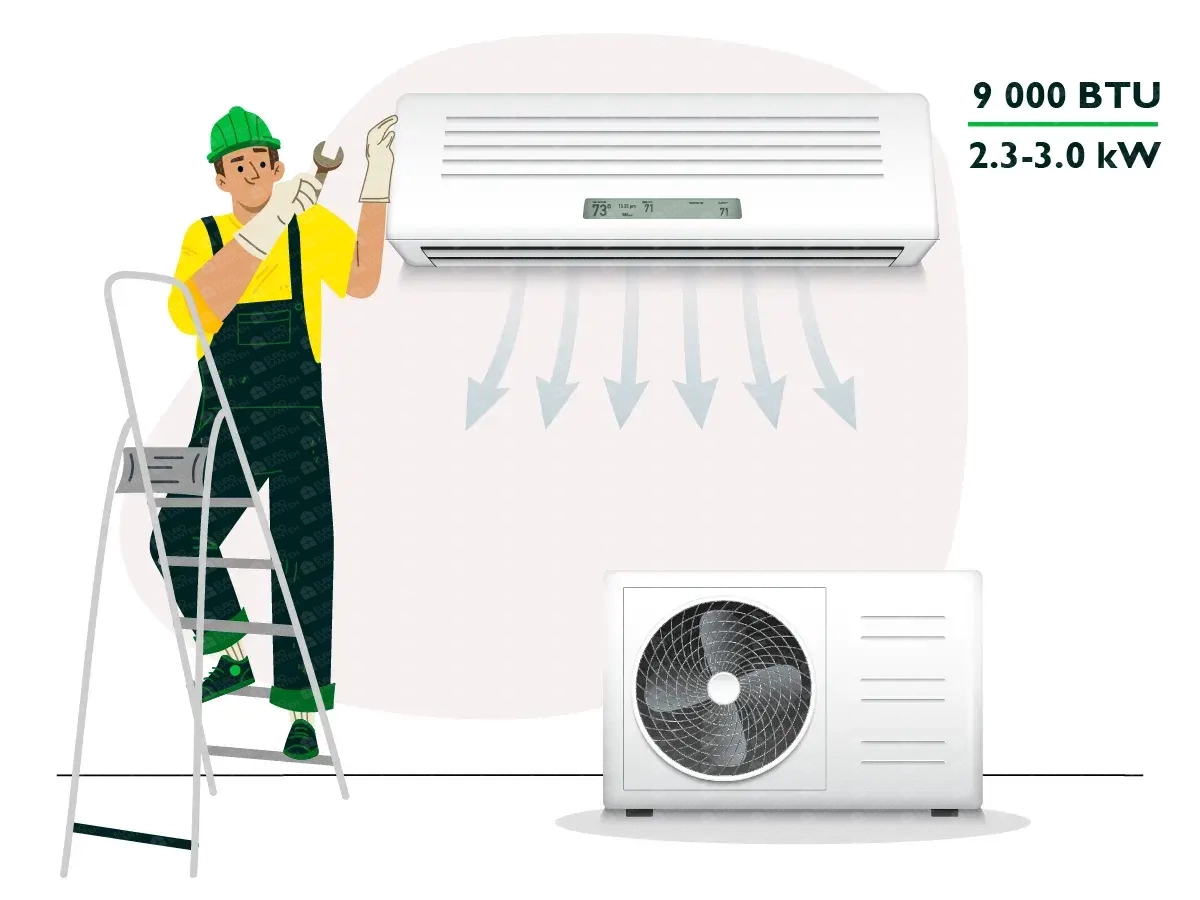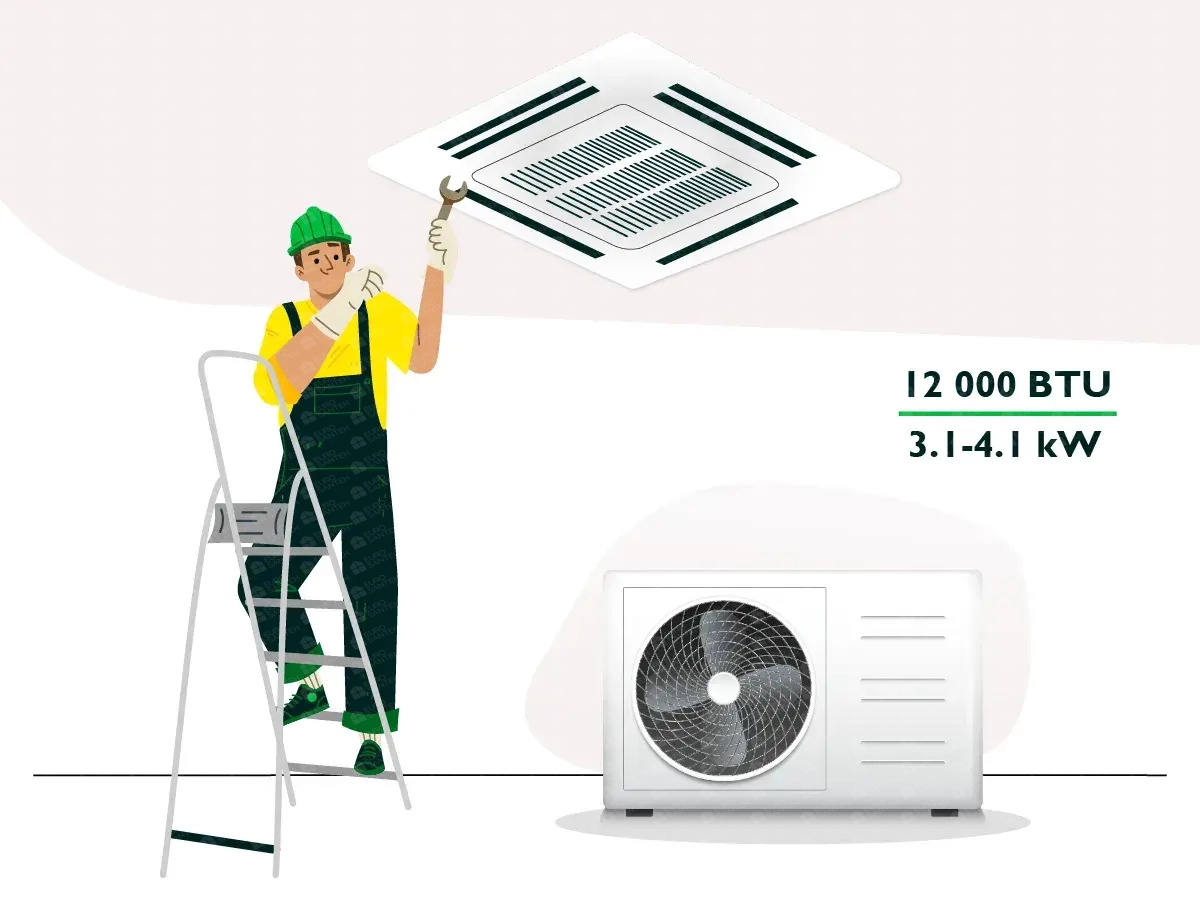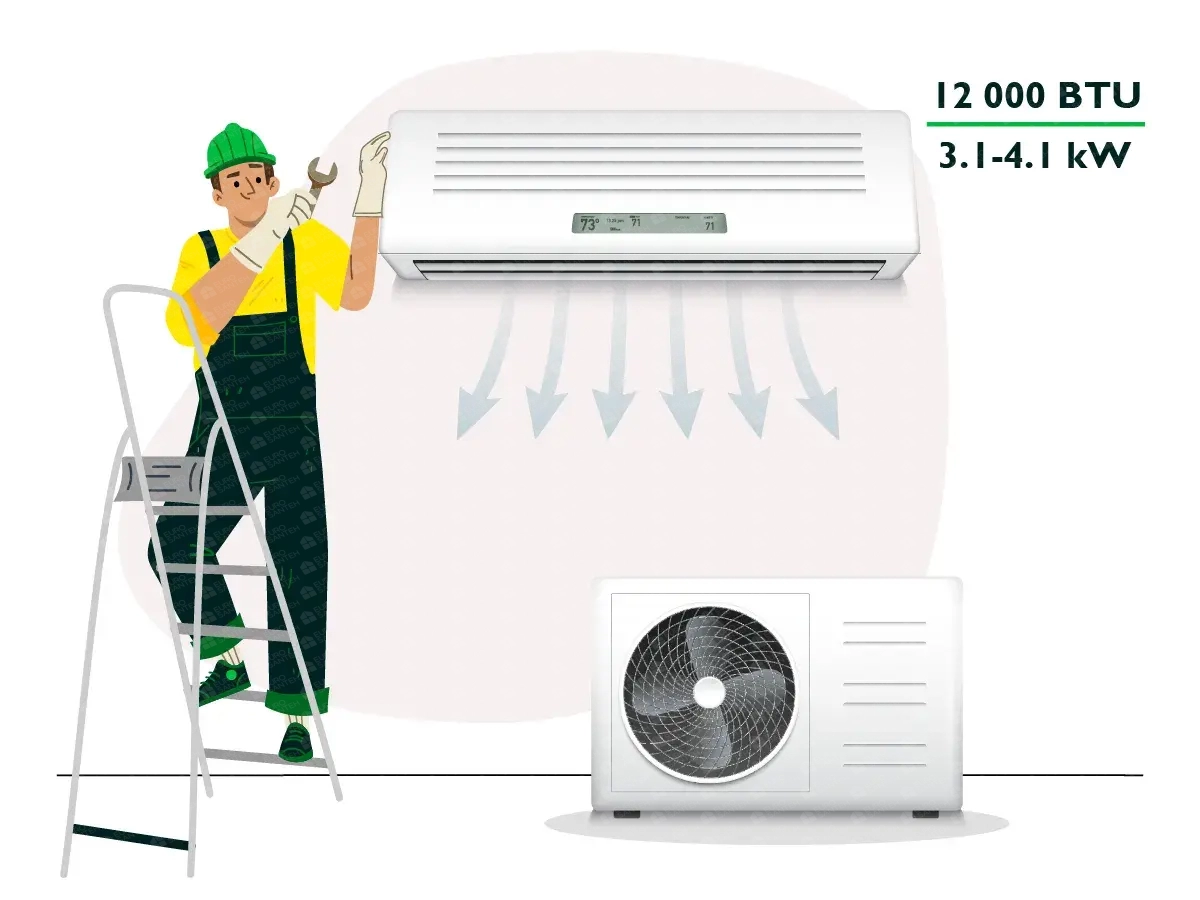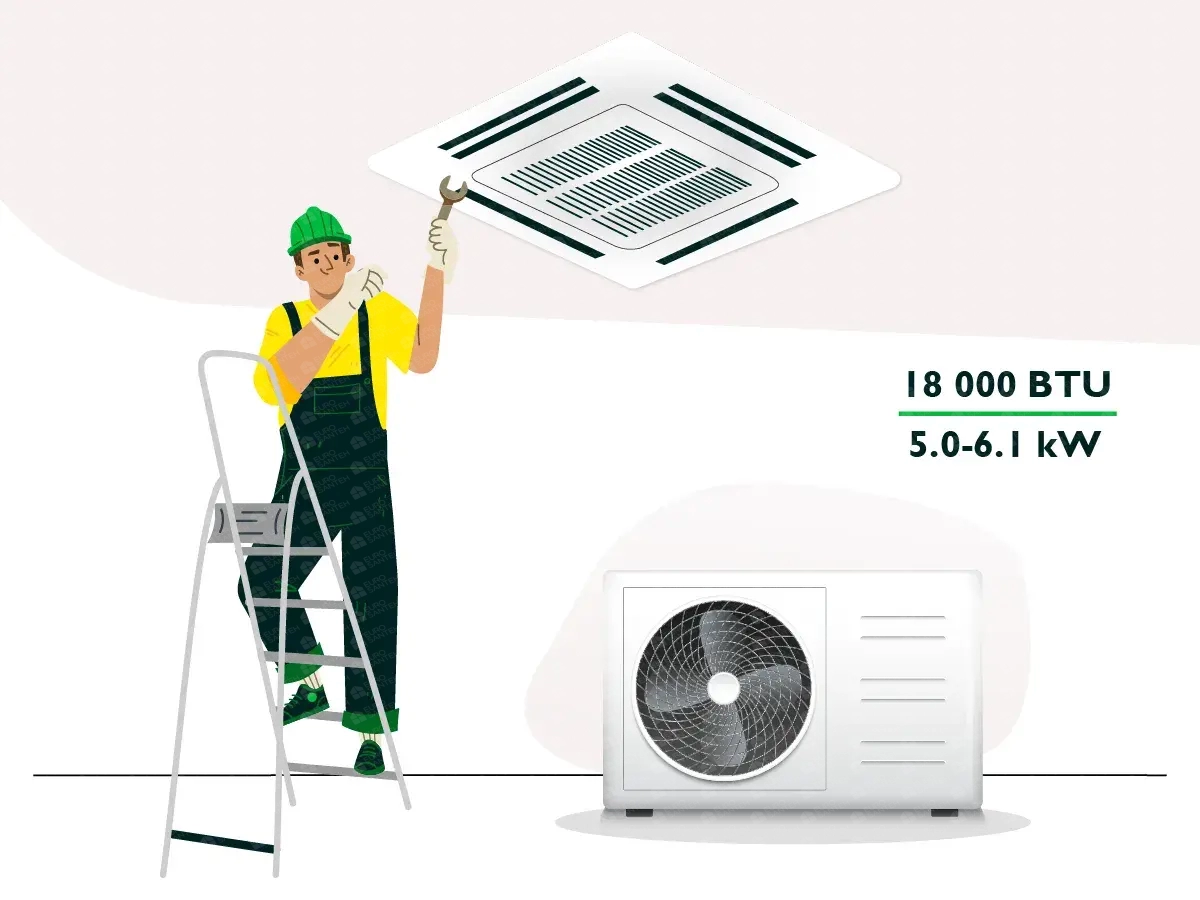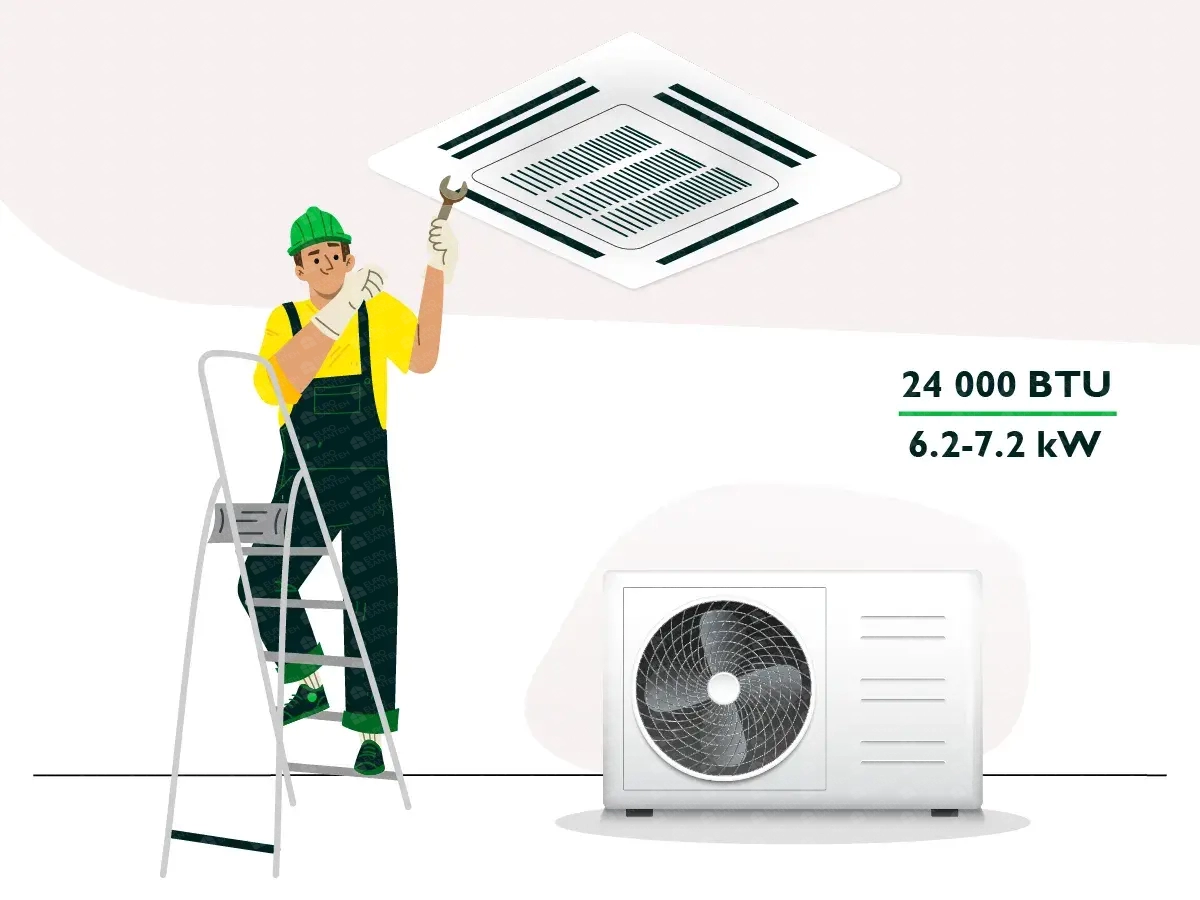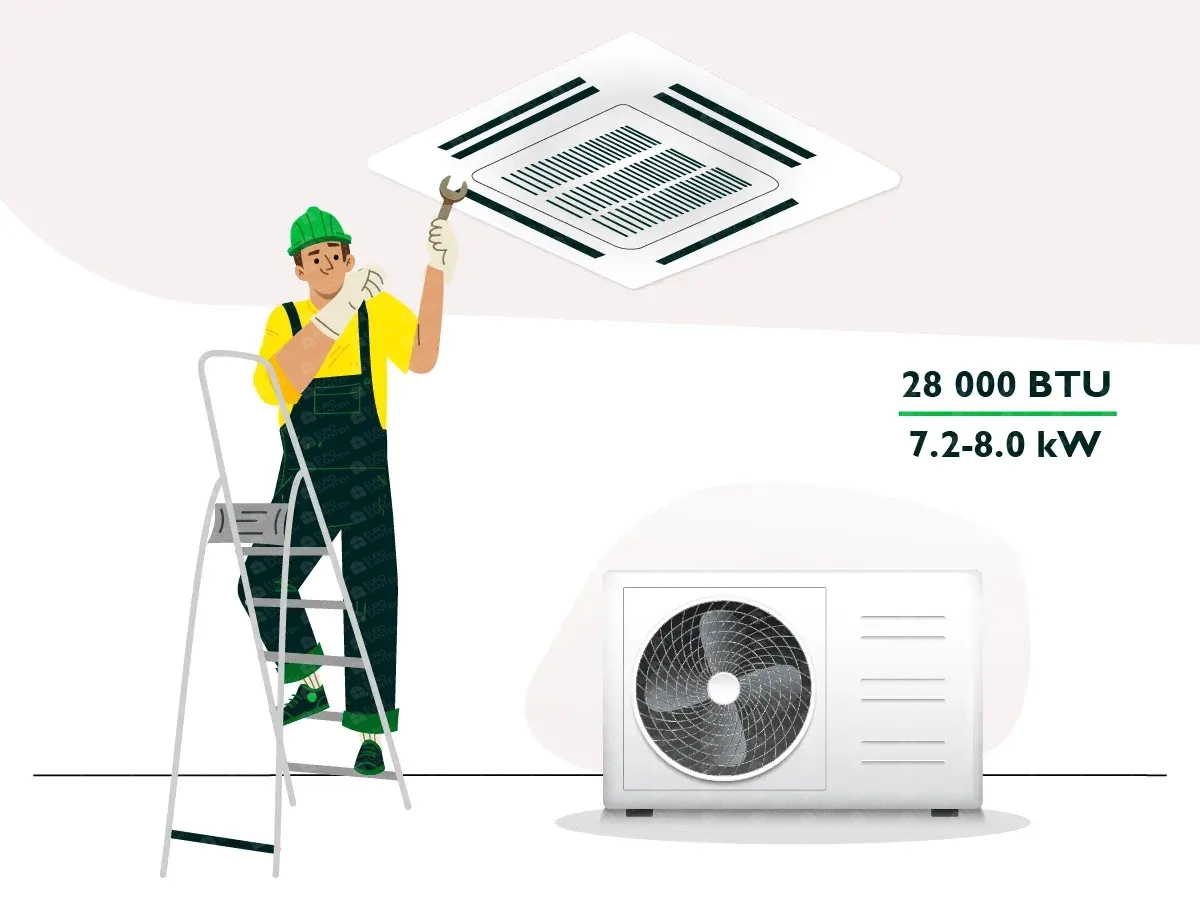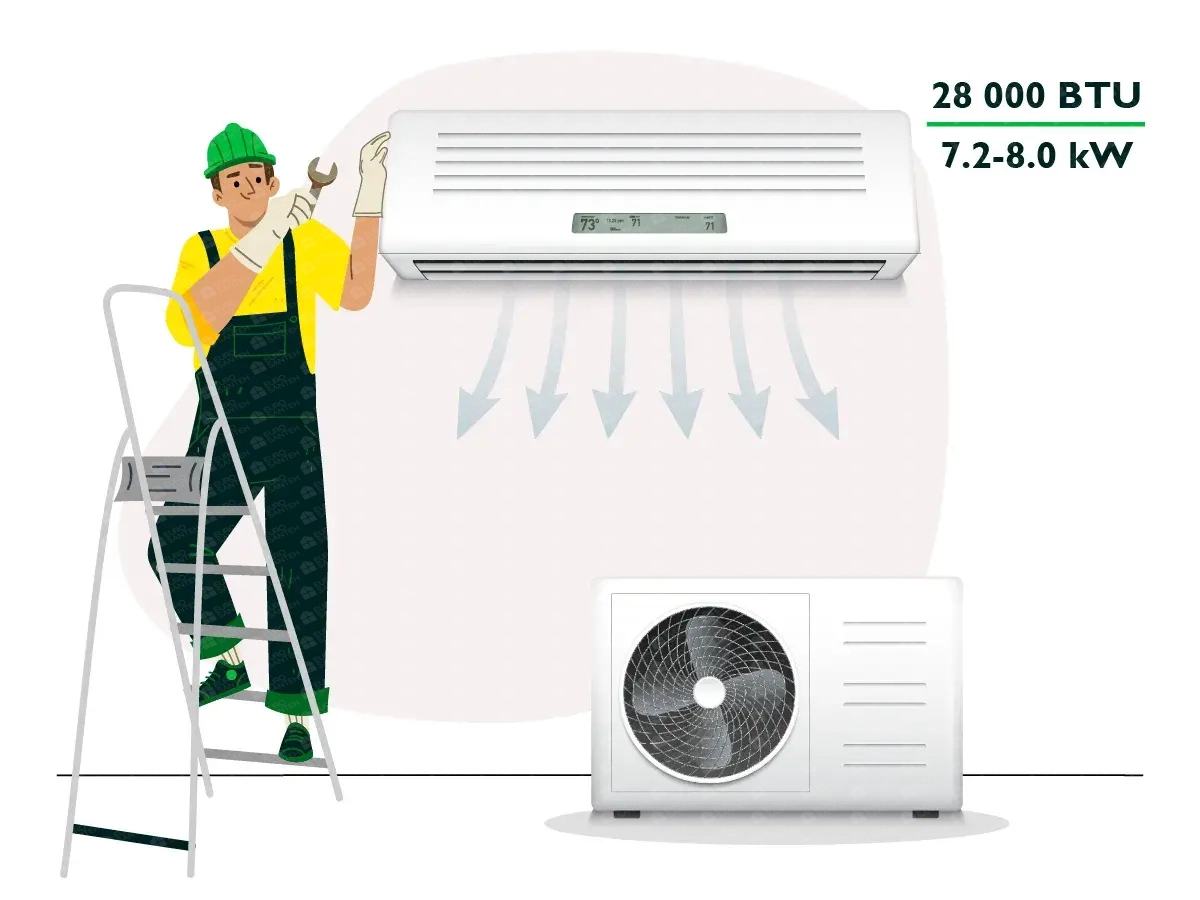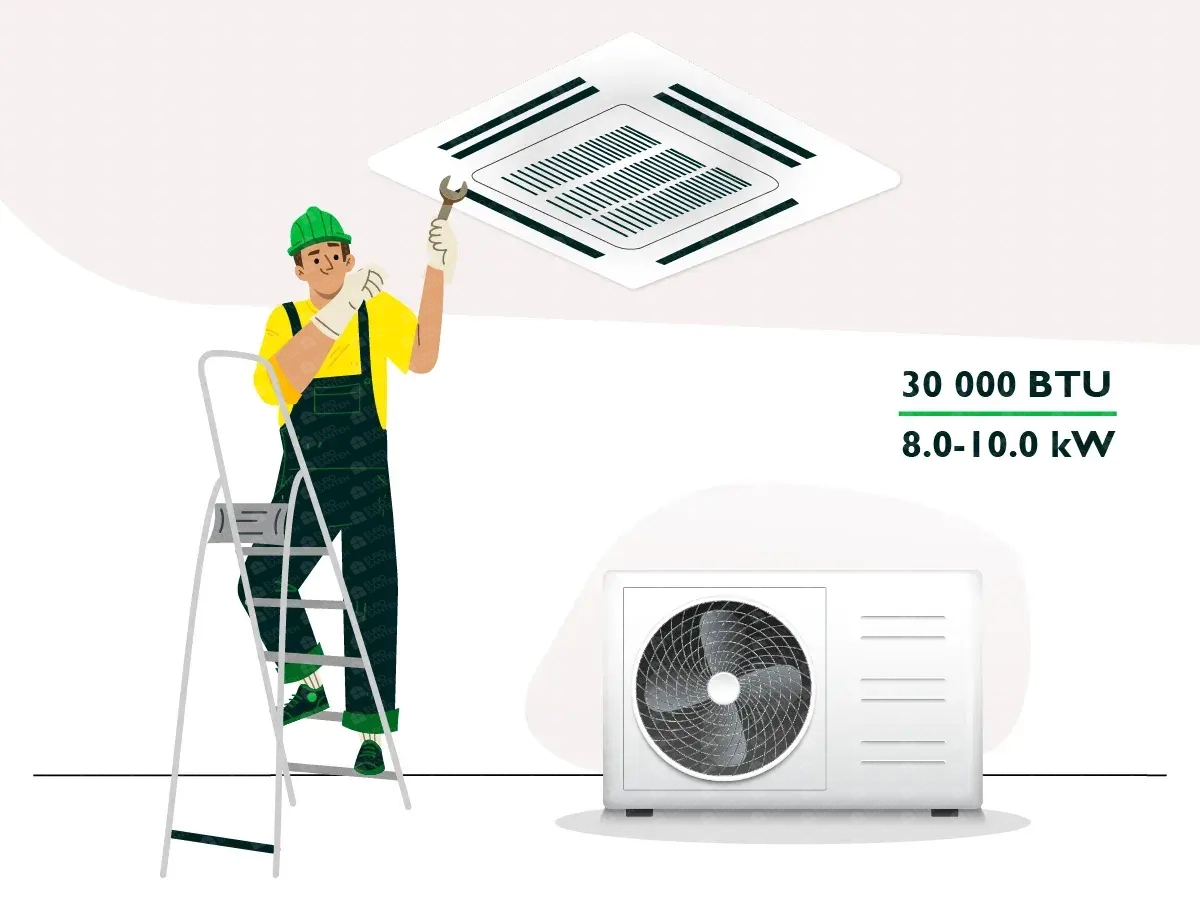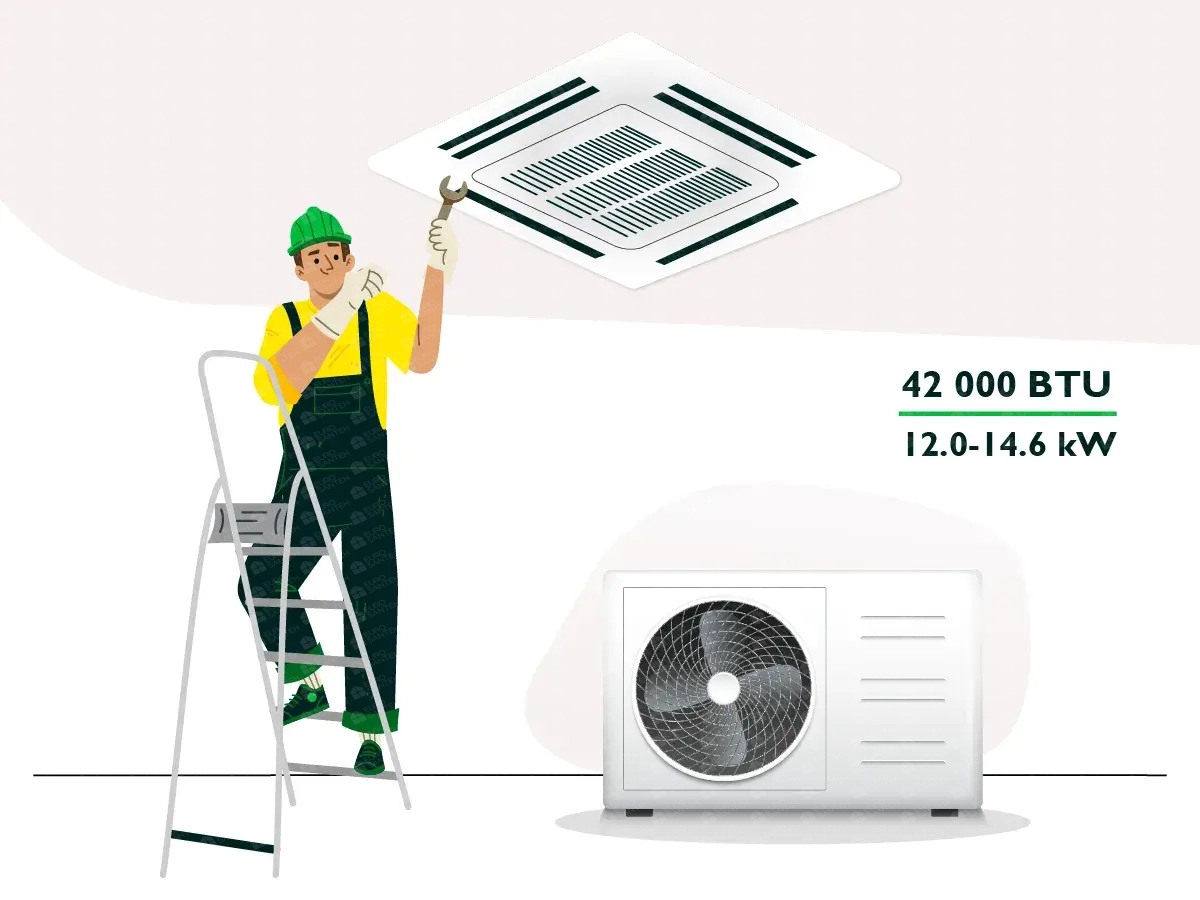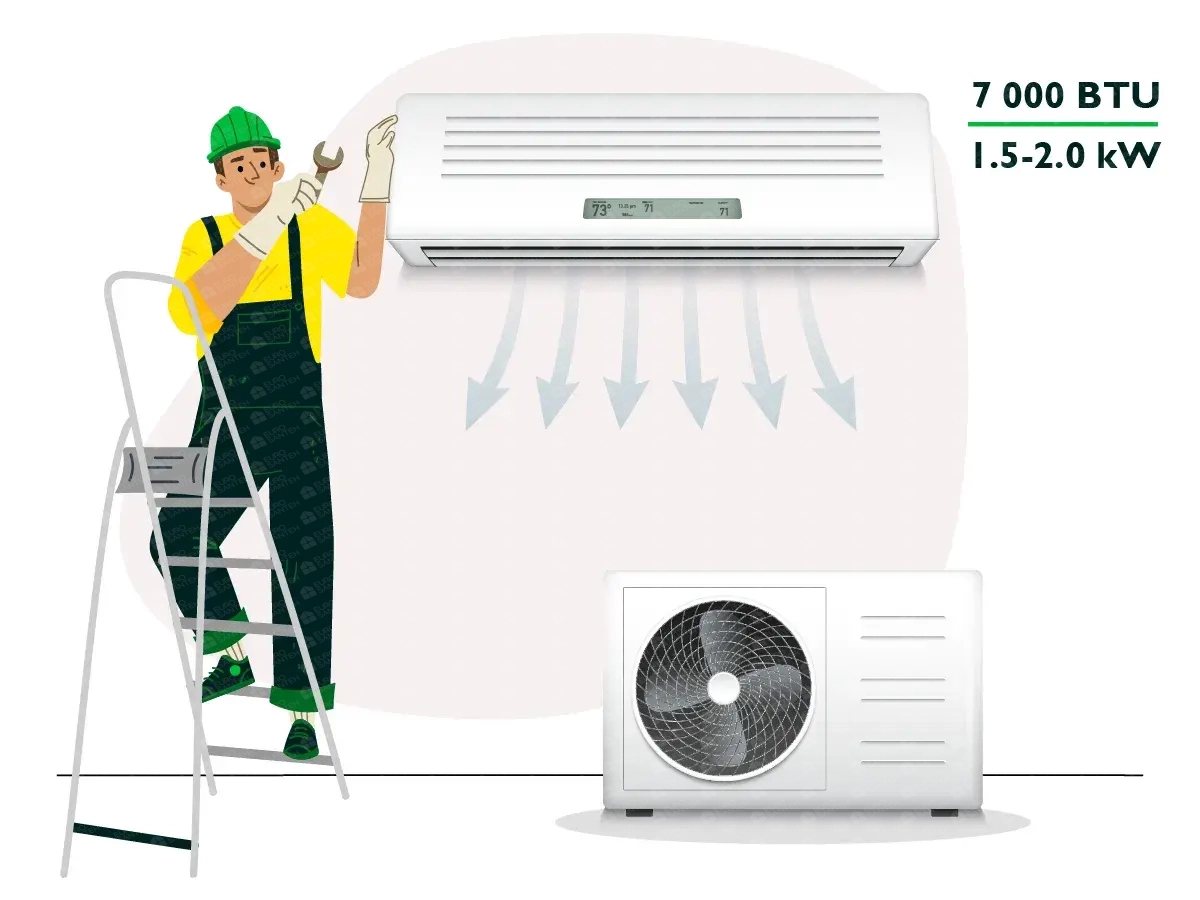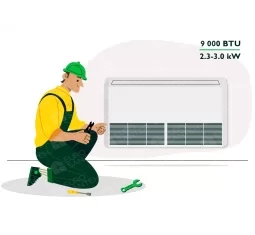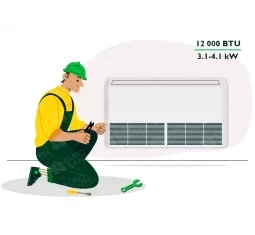Air conditioner installation in a panel house in Chisinau, Moldova
Installing an air conditioner in a panel house requires careful planning and execution to ensure optimal functionality and safety. Panel houses, also known as prefabricated houses, pose unique challenges due to their construction materials and structural characteristics. Here’s a comprehensive guide on how to approach the installation process effectively:
1. Initial Assessment and Planning
Before proceeding with the installation, a thorough assessment of the house layout is essential. Panel houses typically have solid concrete panel walls, which can be thicker and denser compared to traditional construction materials. This necessitates careful planning for routing necessary ductwork, piping, and cables for the air conditioner.
Special attention should be paid to selecting the most suitable location for both the indoor and outdoor units of the air conditioner. Factors such as accessibility for maintenance, efficient airflow distribution, and minimal visual impact on the building's facade should all be considered during this stage.
2. Choosing the Right Air Conditioner
Selecting the appropriate capacity and type of air conditioner is crucial for panel houses. Factors such as the size of the rooms, ceiling height, insulation levels of the walls, and the local climate should all be taken into account. It’s recommended to consult with HVAC professionals who can perform heat load calculations to determine the optimal cooling capacity needed for each space.
In panel houses, where thermal insulation is often higher than in traditional buildings, an energy-efficient air conditioner is advantageous. This ensures effective cooling while minimizing energy consumption and operating costs over time.
3. Installation Process
Once the planning phase is complete, the actual installation can begin. Here are the key steps involved:
Indoor Unit Installation: The indoor unit of the air conditioner is typically mounted on an interior wall. Careful consideration should be given to ensure the unit is positioned for optimal airflow distribution throughout the room. This helps maintain consistent cooling and heating performance while reducing energy wastage.
Outdoor Unit Placement: The outdoor unit of the air conditioner is usually installed on an exterior wall or on the ground near the building. It’s important to choose a location that allows for sufficient airflow and is easily accessible for maintenance purposes. Proper elevation and securing of the unit are essential to prevent vibration and noise issues.
Routing of Ducts and Pipes: Installing ductwork and refrigerant piping through the panel walls requires specialized tools and techniques. HVAC professionals use insulated tubing and appropriate seals to ensure airtight connections and prevent energy loss. Careful handling of these components helps maintain the integrity of the building’s thermal envelope.
Electrical Connections: Connecting the air conditioner to the electrical system of the house must be done in accordance with local electrical codes and manufacturer specifications. This step ensures safe operation and protects against electrical hazards.
4. Testing and Commissioning
After completing the installation, thorough testing of the air conditioning system is essential. HVAC technicians conduct tests to verify the functionality of both indoor and outdoor units, check for refrigerant leaks, and ensure proper airflow and temperature control.
5. Compliance and Safety
It’s crucial to adhere to all building codes, regulations, and safety standards throughout the installation process. This includes obtaining any necessary permits and ensuring that the installation does not compromise the structural integrity or fire safety of the panel house.
6. Maintenance and Long-Term Performance
Regular maintenance is key to prolonging the lifespan and efficiency of the air conditioning system in a panel house. This includes cleaning or replacing filters, inspecting ductwork for leaks, and scheduling professional tune-ups to optimize performance.
In conclusion, installing an air conditioner in a panel house requires meticulous planning, skilled execution, and adherence to safety guidelines. By working with experienced HVAC professionals and considering the unique characteristics of panel construction, homeowners can achieve effective cooling solutions that enhance comfort and energy efficiency in their homes.
